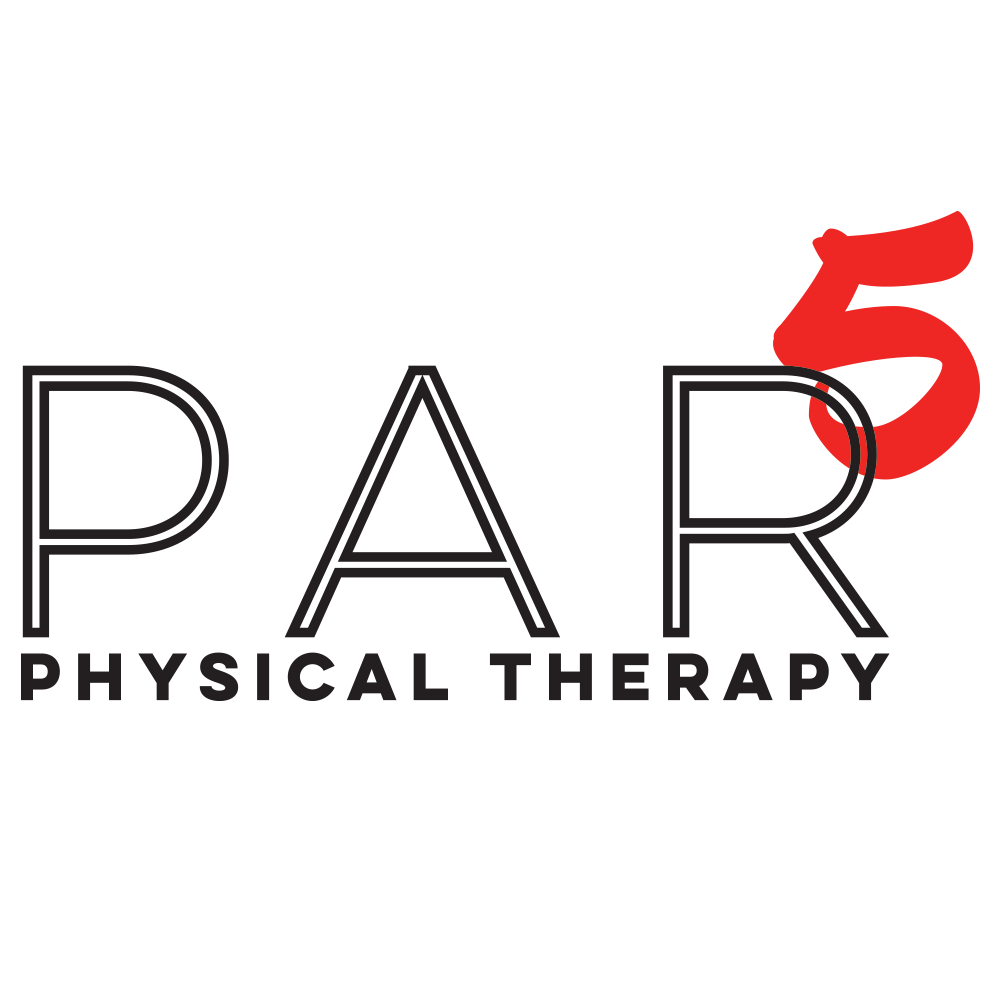How does Kinesiotape help golfers?
Photo by Luis Villasmil on Unsplash
Kinesiotape, even though you might never have heard of it, you’ve probably have seen it. It’s that colorful and stylish tape that is seen on professional athletes on television. From volleyball players to golfers, kinesiotape is a multi-function tape that can alleviate pain, reduce inflammation, relax muscles, enhance performance, and help with rehabilitation as well as support muscles. It is applied directly on the skin, under clothing so you might not see your favorite athlete wear it, but trust me, most use it to help their performance.
Brands such as Kinesio Tex, KT tape, SpiderTech, and RockTape have been around for years. But the original kinesiotape tape was invented by a Japanese chiropractor, Kenso Kase, in the 70’s. It gained popularity during the 2008 Olympic Games when volleyball player Kerri Walsh had her right shoulder covered in kinesiotape. Everyone wondered what she had on her shoulder and what was the purpose of the strange looking tape.
The big question was: “what did it do and does it work?”
I’ve been using kinesiotape since 2009, when I got certified as a Certified Kinesiotape Practitioner by Kinesio. I continued to use it to tape muscles and joints until early this year when I took another kinesiotaping certification course by RockTape. As a certified Functional Movement Techniques RockDoc, I’ve learned that kinesiotaping has come a long way from its start as a strange black tattoo on the shoulder of an Olympic volleyball player.
Now I don’t just use kinesiotape for taping muscle or joints. I use it to facilitate or inhibit movement, I can help correct faulty movement patterns and facilitate good movement patterns, I can also cue proper posture or correct tissue glide and movement. It’s not just for muscles anymore, it’s all about movement.
The golf swing is also about movement. It is a movement that depends on consistency, precision, and rotation around a relatively fixed axis.
Kinesiotape is a cloth, elastic tape that has many uses. First, it is completely different than regular athletic tape because it is designed to move with an athlete and not restrict their range of motion. Second, the elastic component creates a decompression effect on the skin and superficial dermal and fascial layers. This decompression can alleviate pain, reduce swelling, and allow the layers of tissue to slide on one another to create more tissue extensibility. Third, the amount of tension that is applied is key to the tape’s effectiveness. Too much tension applied in an incorrect direction can create more discomfort and faulty movement patterns, so applying it correctly is integral in creating the most beneficial effect for better movement and sports performance.
Let’s talk about how it can improve a golfer’s performance. The easiest example is how the forearm works during the golf swing.
For a right handed golfers, the right hand must rotate from a slightly supinated position (rotated palm up) to a pronated position (rotated palm down). This occurs quickly during the downswing and into impact. Too much pronation can result in a hook, too little pronation can result in a slice (among other reasons that might contribute to a slice, we’re keeping it simple for this example). If a player can get a tactile cue on correct forearm position at impact without affecting full motion, wouldn’t that be something of interest to any golfer?
Kinesiotape is used for taping movement. It can be applied in a helical fashion around the right forearm to facilitate or inhibit forearm pronation, thus increasing feel and consistency with the golf swing. Is it legal during competitive play? If it’s used to address a medical issue, it is.
This is a simple example. The full extent of how kinesiotape can improve an athlete’s performance is unlimited. Rotation through the torso can be facilitated, rotation through the hip and leg can be facilitated or inhibited, the spine angle at address can be cued with kinesiotape as well. The uses are as varied as the direction and intent of the tape application.
To learn more about how Kinesiotape can alleviate pain and improve athletic movement and performance, contact Par 5 for a consultation.

